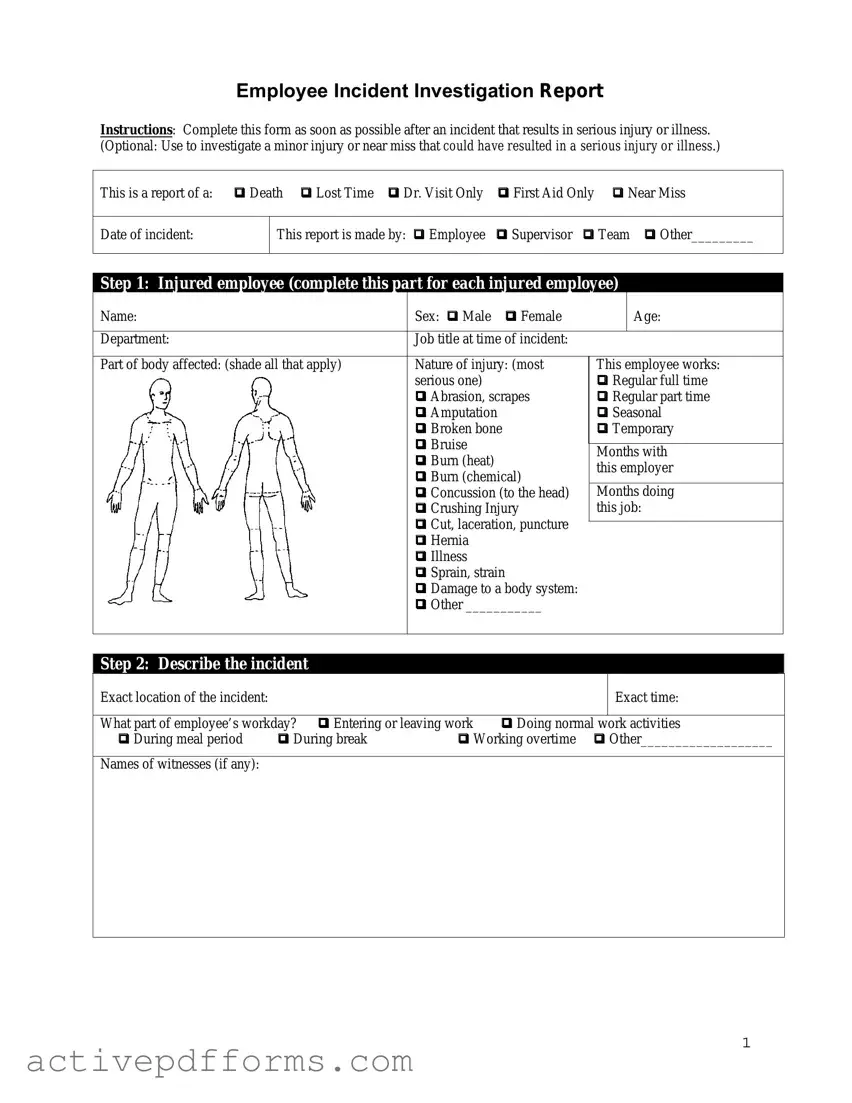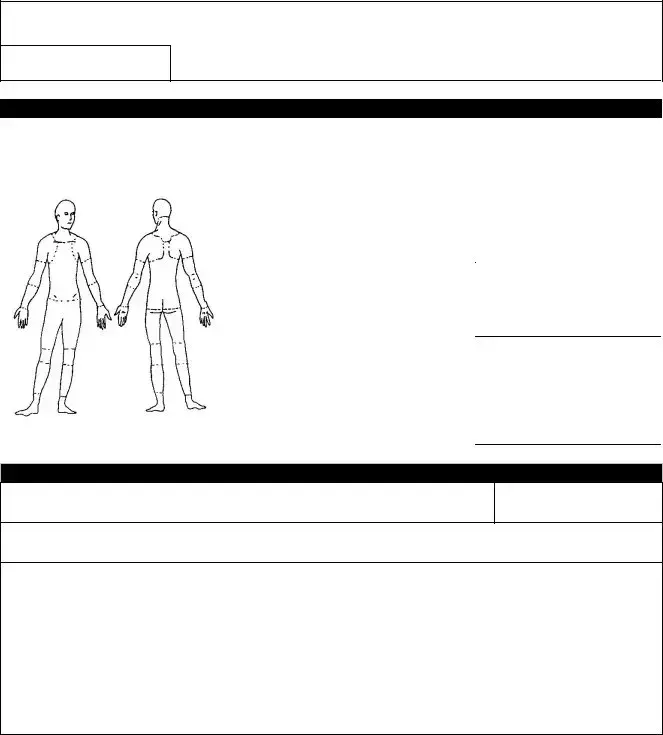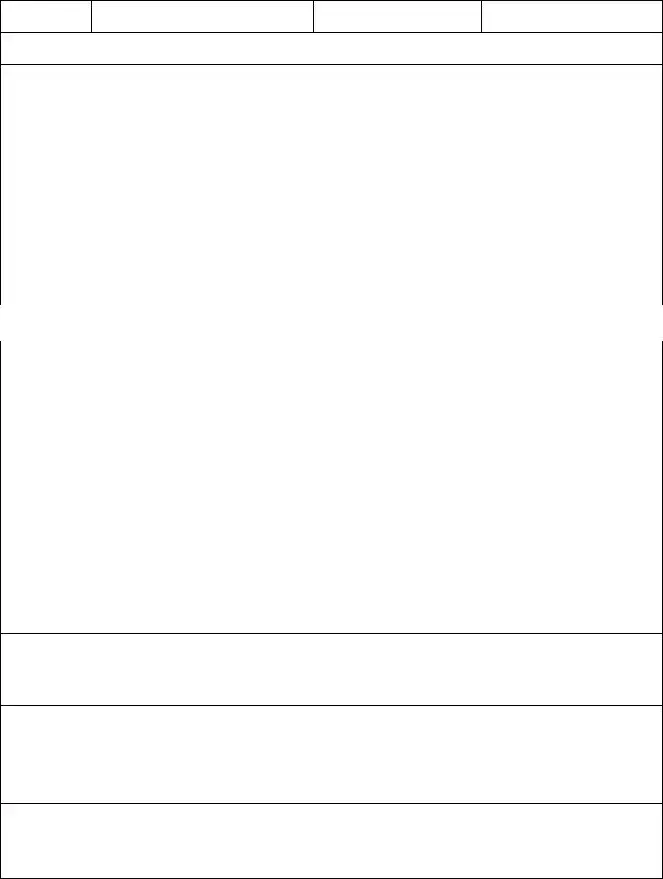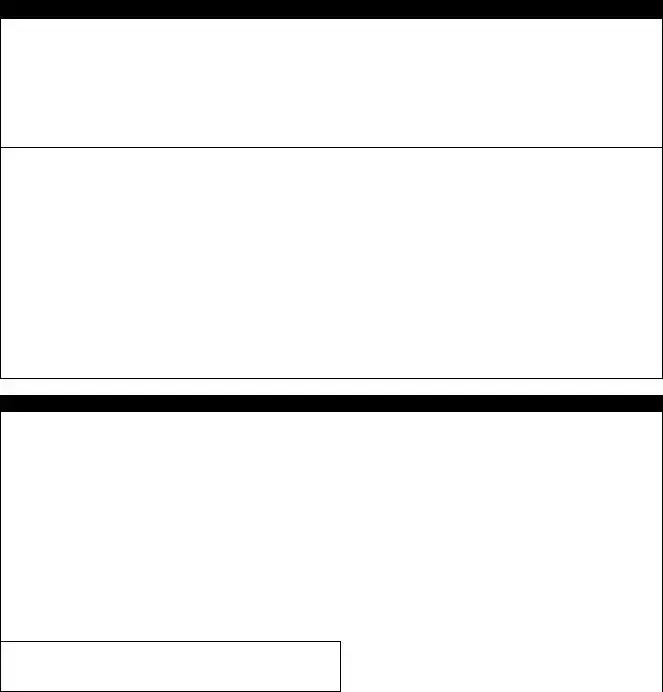Free Employee Accident Report PDF Template
An Employee Accident Report form is a document used by businesses to record the details of an accident that occurs on the job. This form helps in documenting the circumstances surrounding the incident, the individuals involved, and any injuries sustained. It serves as a crucial piece of evidence for insurance claims and to ensure compliance with workplace safety regulations.
Edit Employee Accident Report Now



